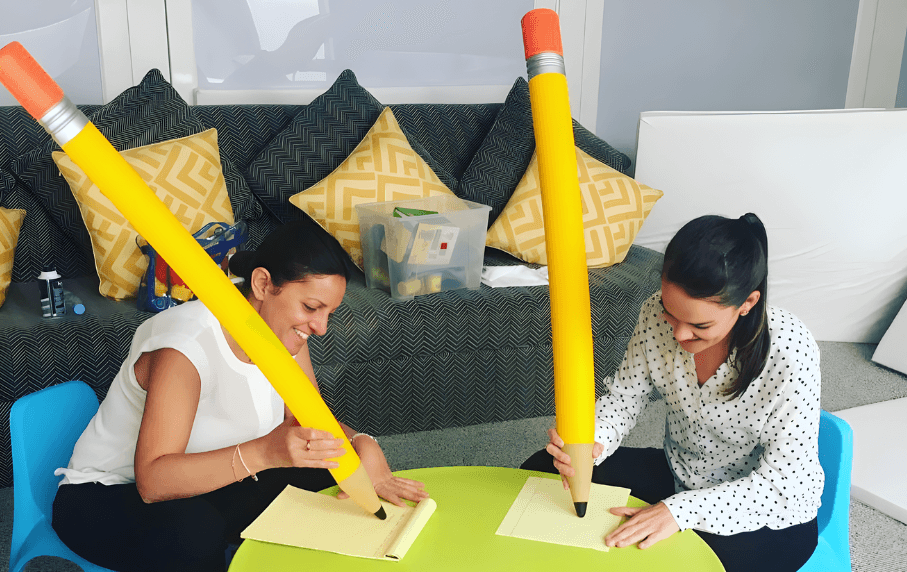
I recently saw a couple for a consultation. They have a little boy, James who is 16 months and is as of yet not speaking. He is preverbal. At 16 months we would expect early words like ‘mamma’, ‘dadda’, ‘mummum’ (for food), and other simple words as well as the production of strings of sounds. The first sounds are typically sounds produced at the front of the mouth ‘m, p, b, t, d’ and vowels-therefore it comes as no surprise that universally the first words produced by children to label parents and caregivers are typically /mamma/, /pappa/, /tata/ and /dadda/.
Offering choices to small children is an important and easy first step to help them demonstrate their needs. Here are four simple steps to guide you in helping your child learn how to request through choice making.
Step 1: Select two items one preferred and one non-preferred. This could be a wooden block and the child’s bottle of milk.
Step 2: Hold the two items in the child’s visual field. Make sure it’s easy for your child to see you and the items. Then present the items by holding them and out and saying “Do you want the block or milk?” as you say the items name emphasize which one it is by moving it closer towards the child. Then hold the two items out one in each hand so they are equidistance apart.
Step 3: Hold the two objects up and WAIT, WAIT, WAIT for at least 3-4 seconds. You waiting for a nonverbal reaction. Your child may look at the item, reach for it or point to it or even vocalize as they reach for it.
Step 4: Respond to your child’s non-verbal gesture both verbally and non-verbally. If the child looks at the milk and reaches out for it you would say. “You want MILK. Here it is” (smile and give them the milk).
By doing this you are positively reinforcing your child and they will understand that when they look, or point or reach for an item that they get the item they want. They will also begin to recognize the word ‘MILK’ and know that it is the white drink that they like.
What if my child is exposed to two languages? It is becoming more and more common for children to be exposed to more than one languages. This technique can be used by Dad who speaks Arabic and mum who speaks English. Soon the child will recognize that ‘milk’ and ‘laban’ or ‘halib’ mean the same thing.
Children need to be motivated to produce language and we need to help them by contriving situations which are motivating, where they can practice again and again the art of choice-making.Children develop at different rates so if you are concerned about your child’s language development you should see your pediatrician and ask for a referral to a Speech and Language Pathologist.